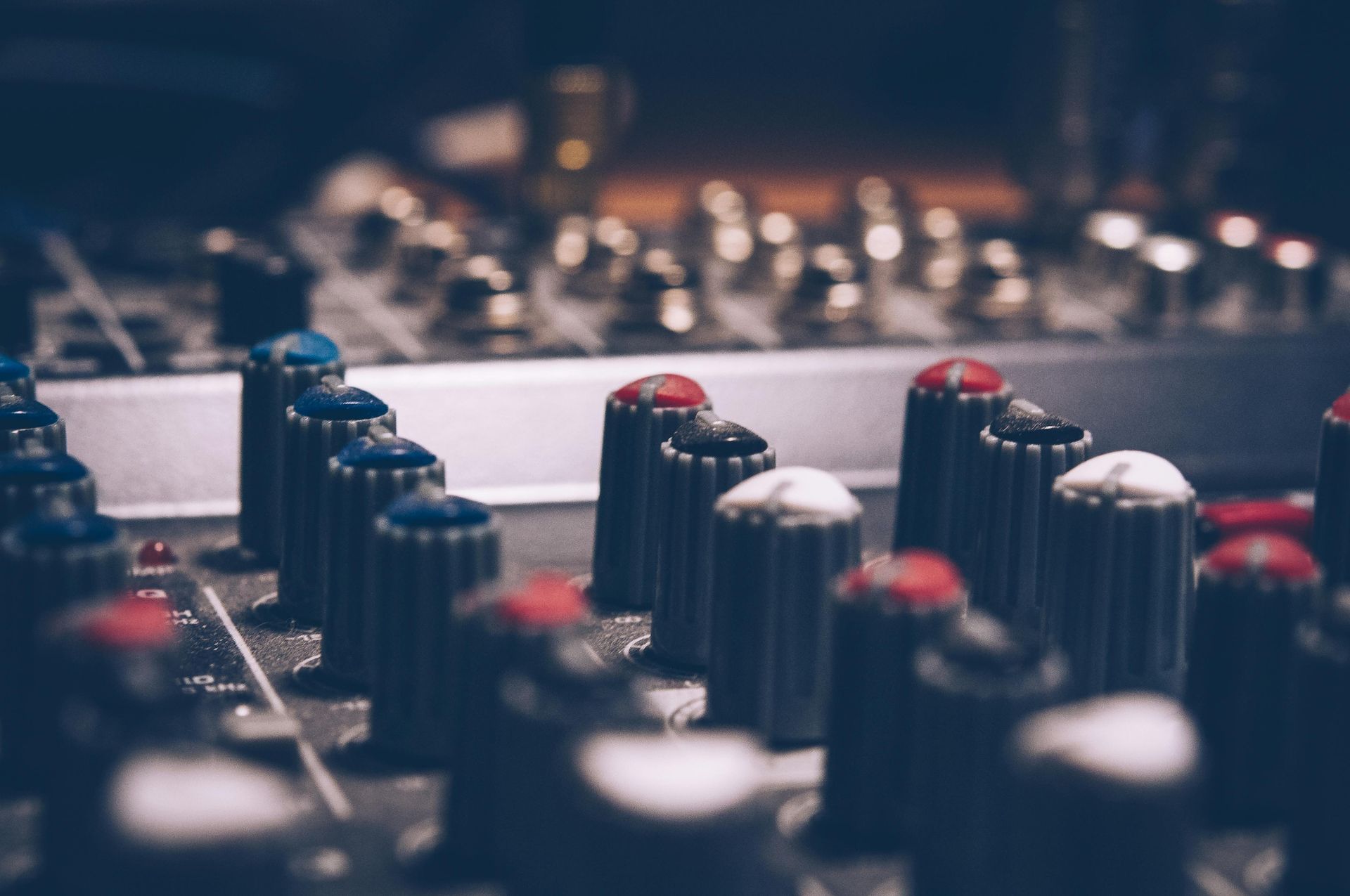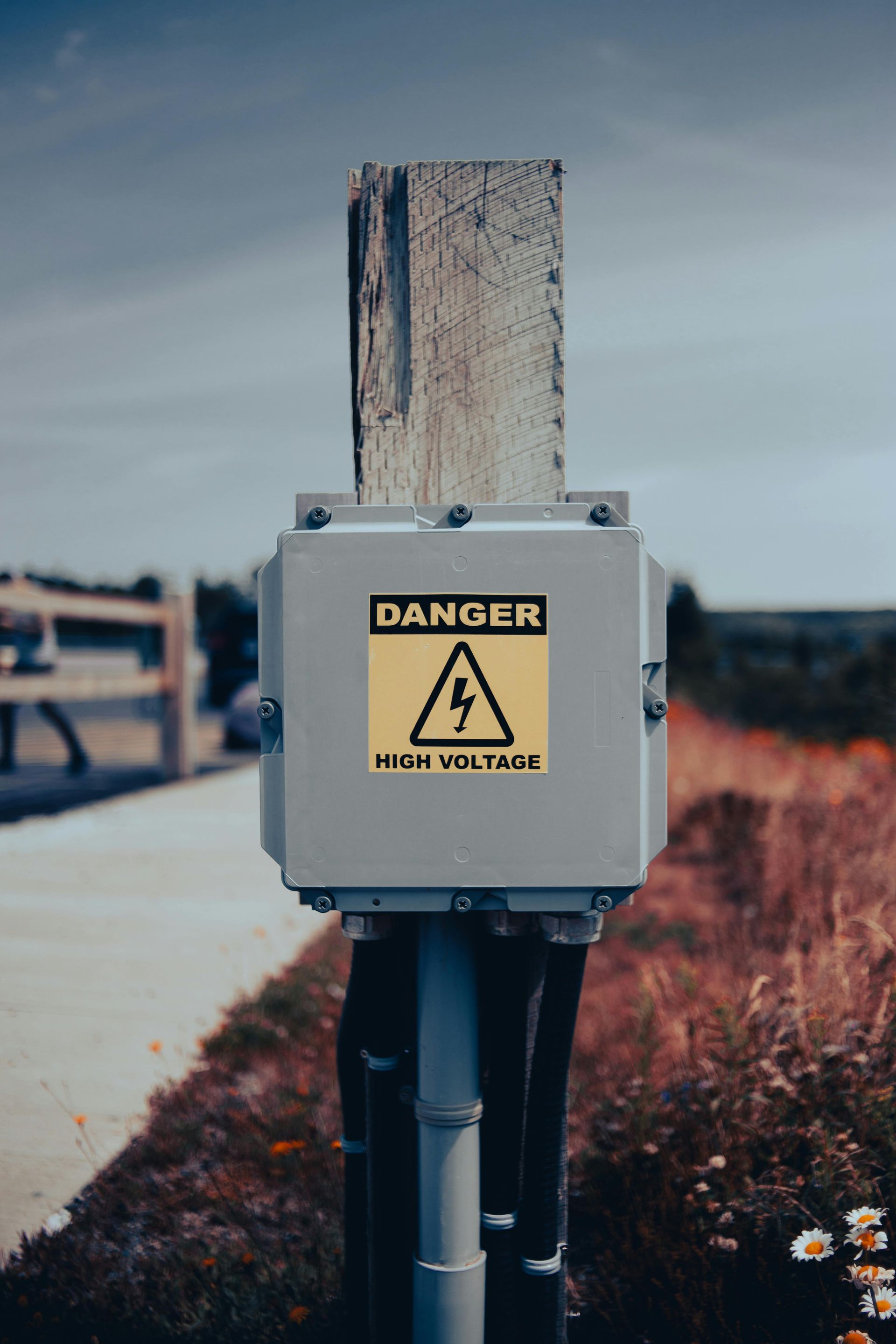A Guide to Choosing the Right Inductors for Your Circuit
Inductors are a crucial component in electronic circuits, playing a vital role in filtering, impedance matching, and energy storage. With so many types of inductors available, selecting the right one for your circuit can be a daunting task. In this guide, we'll walk you through the key factors to consider when choosing an inductor, helping you make an informed decision for your design.
Understanding Inductor Types
Before diving into the selection process, it's essential to understand the different types of inductors available:
1. Air Core Inductors: These inductors have no magnetic core and are often used in high-frequency applications.
2. Ferrite Core Inductors: Ferrite core inductors use a magnetic core to increase inductance and are commonly used in power supplies and filters.
3. Iron Core Inductors: Iron core inductors use a magnetic core made of iron and are often used in high-current applications.
4. Toroidal Inductors: Toroidal inductors have a doughnut-shaped core and are used in applications where a high inductance value is required.
5. Chip Inductors: Chip inductors are surface-mount devices that offer high inductance values in a small package.
Key Factors to Consider
When selecting an inductor, consider the following factors:
1. Inductance Value: Choose an inductor with the correct inductance value for your application. Inductance values range from a few nanohenries (nH) to several henries (H).
2. Current Rating: Select an inductor that can handle the maximum current required by your circuit.
3. Frequency Range: Choose an inductor that operates within the frequency range of your application.
4. DC Resistance: Consider the DC resistance of the inductor, as it can affect the overall efficiency of your circuit.
5. Physical Size: Select an inductor that fits within the physical constraints of your design.
6. Temperature Range: Choose an inductor that operates within the temperature range of your application.
7. Cost and Availability: Consider the cost and availability of the inductor, as well as any potential lead-time issues.
Additional Considerations
1. Saturation Current: Be aware of the saturation current of the inductor, as it can affect the overall performance of your circuit.
2. Shielding: Consider the shielding requirements of your inductor, as it can affect the overall electromagnetic compatibility (EMC) of your design.
3. Mounting: Select an inductor with a suitable mounting option, such as through-hole or surface-mount.
Conclusion
Choosing the right inductor for your circuit requires careful consideration of several factors. By understanding the different types of inductors available and considering key factors such as inductance value, current rating, and frequency range, you can select the optimal inductor for your design. Remember to also consider additional factors such as saturation current, shielding, and mounting to ensure the best possible performance.
Recommended Products
- Ferrite Core Inductors: Our ferrite core inductors offer high inductance values and are suitable for a wide range of applications.
- Chip Inductors: Our chip inductors are surface-mount devices that offer high inductance values in a small package.
- Toroidal Inductors: Our toroidal inductors have a doughnut-shaped core and are used in applications where a high inductance value is required.








